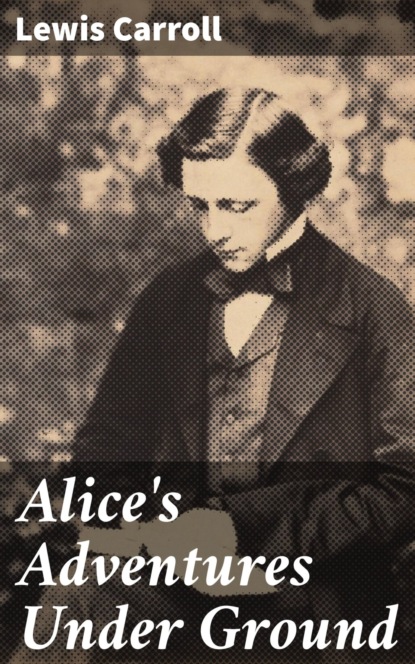Volume 110 pages
About the book
In «Alice's Adventures Under Ground,» Lewis Carroll invites readers into a whimsical and surreal world, crafted in a playful yet sophisticated literary style that blends nonsense with philosophical inquiry. This early manuscript, which later evolved into the more famous «Alice's Adventures in Wonderland,» encapsulates Carroll's fascination with language, logic, and the dreamlike nature of childhood. The text is interspersed with charming illustrations by Sir John Tenniel, enhancing the fantastical elements of a narrative that offers sharp commentary on the absurdities of Victorian society and the complexities of growing up. Lewis Carroll, the pen name of Charles Lutwidge Dodgson, was an Oxford mathematician, logician, and philosopher whose interests in education and the nature of reality deeply informed his writing. His unique background in mathematics and a profound affection for children'Äôs imaginative worlds fueled the creation of Alice'Äôs tale. Inspired by real-life interactions with Alice Liddell, the young girl for whom the story was initially told, Carroll's literary work reflects his ability to intertwine rigorous thought with delightful storytelling. This enchanting narrative is highly recommended for both young readers and adults seeking to rediscover the joys of imagination. Carroll's masterful play with language and his ability to provoke reflection amidst whimsy make this book a timeless classic. «Alice's Adventures Under Ground» is not merely a children's story; it is a profound cultural emblem that continues to inspire readers with its rich layers of meaning.
